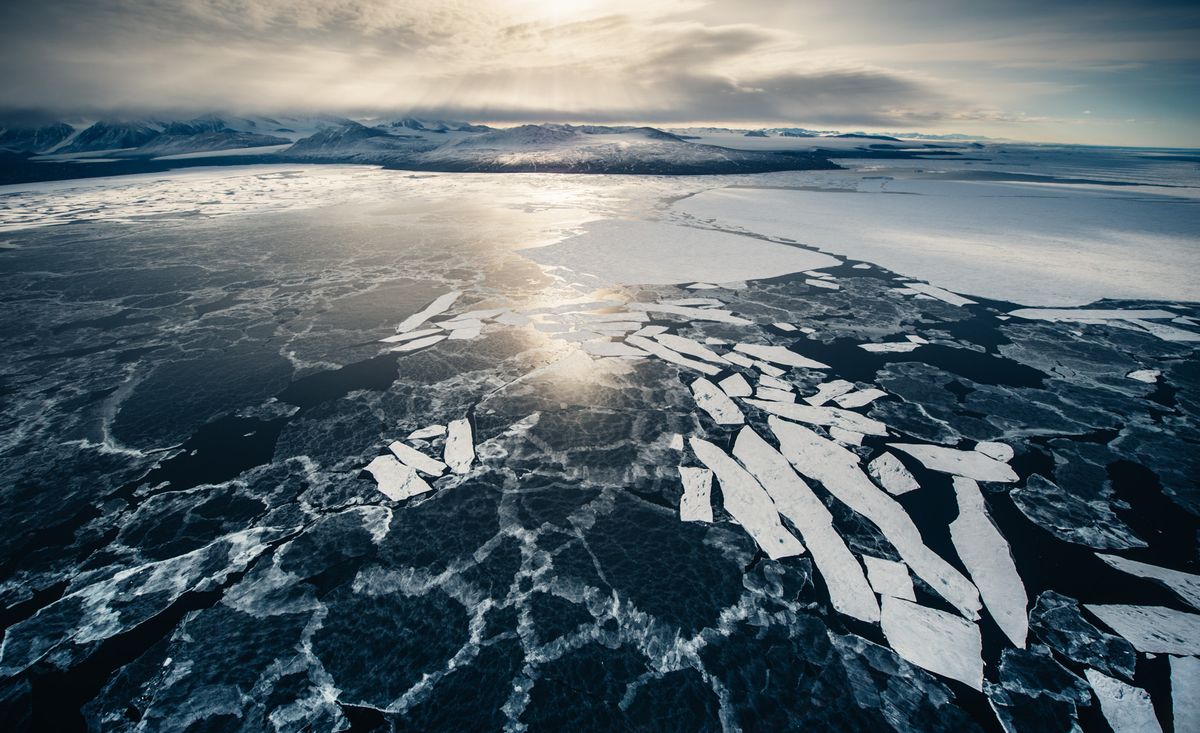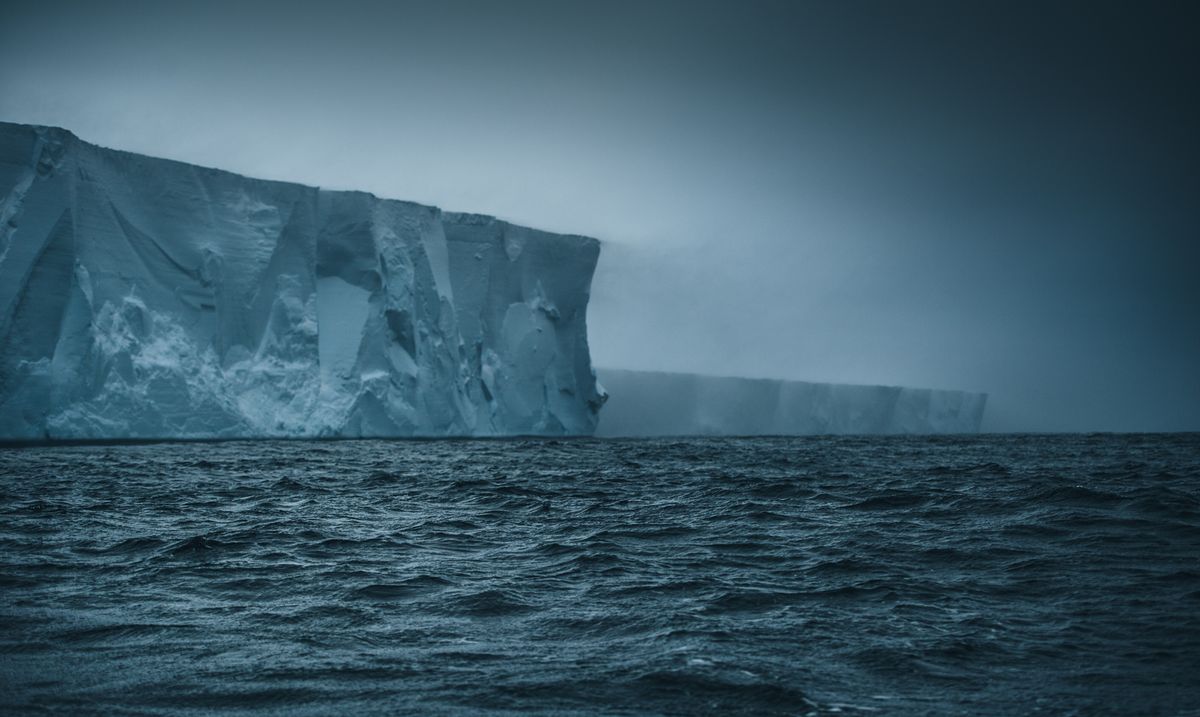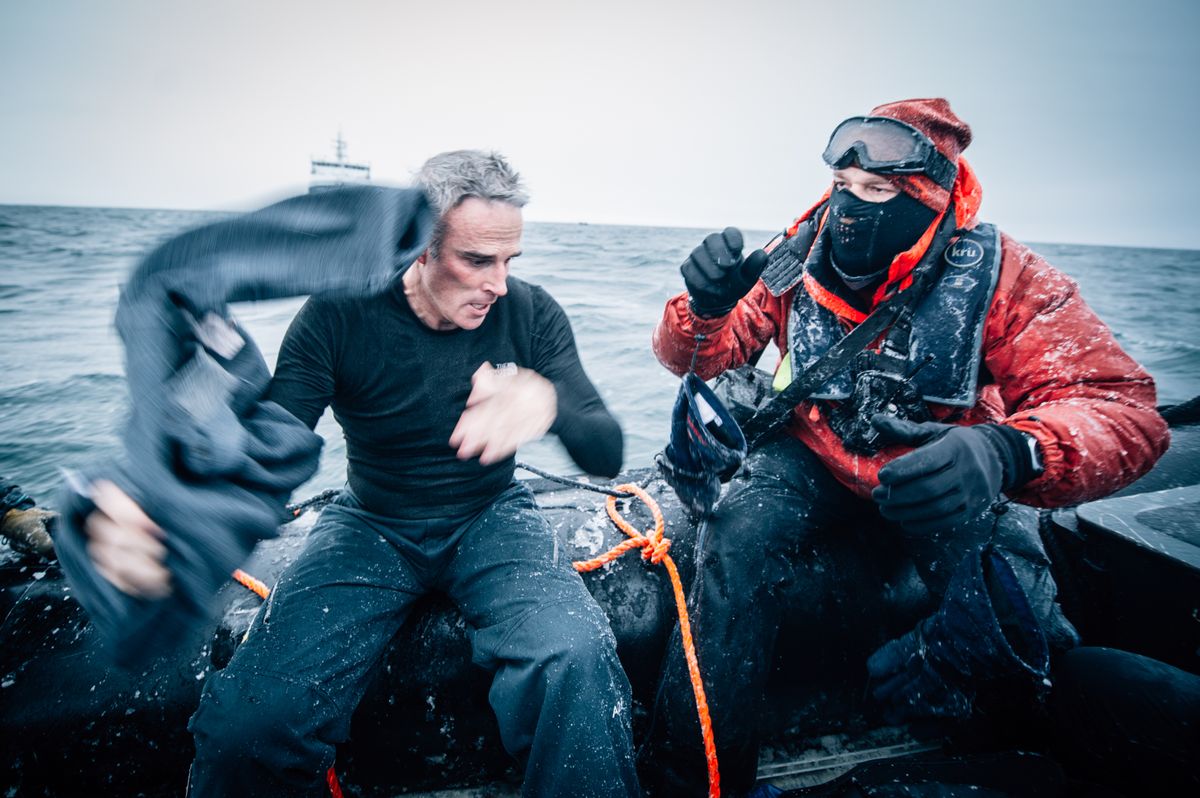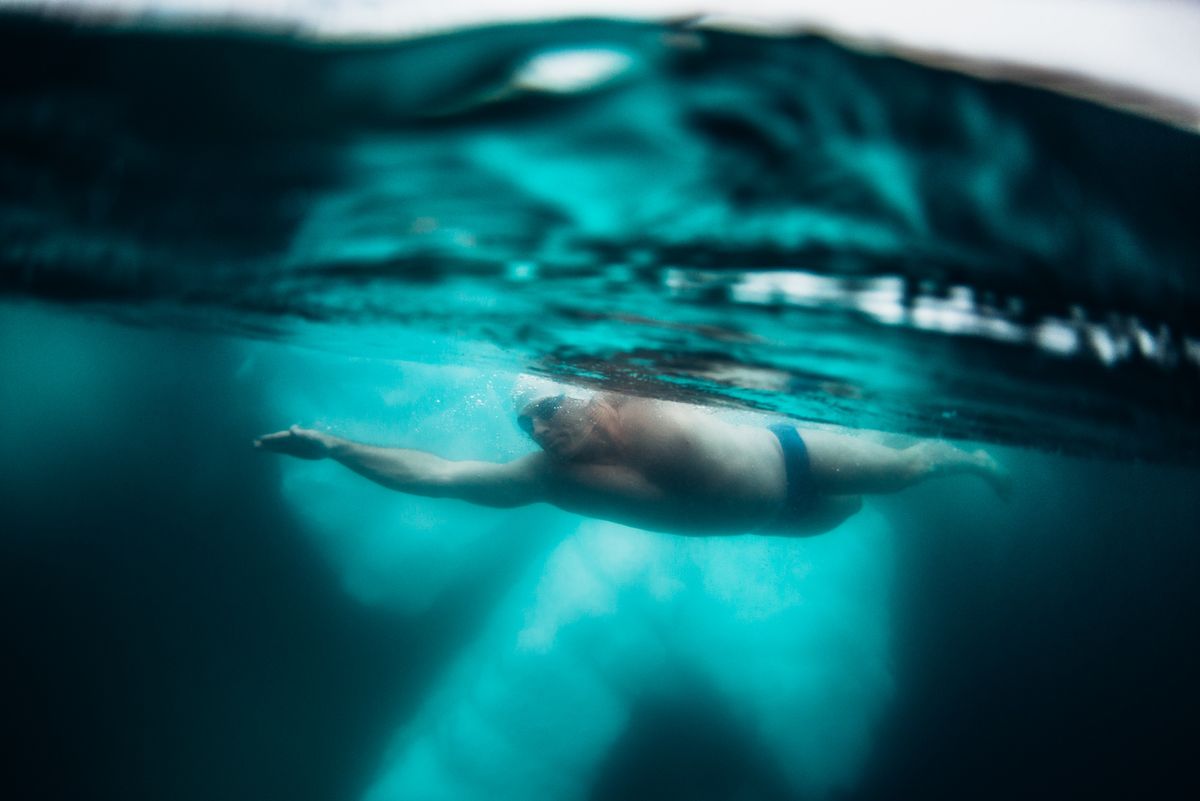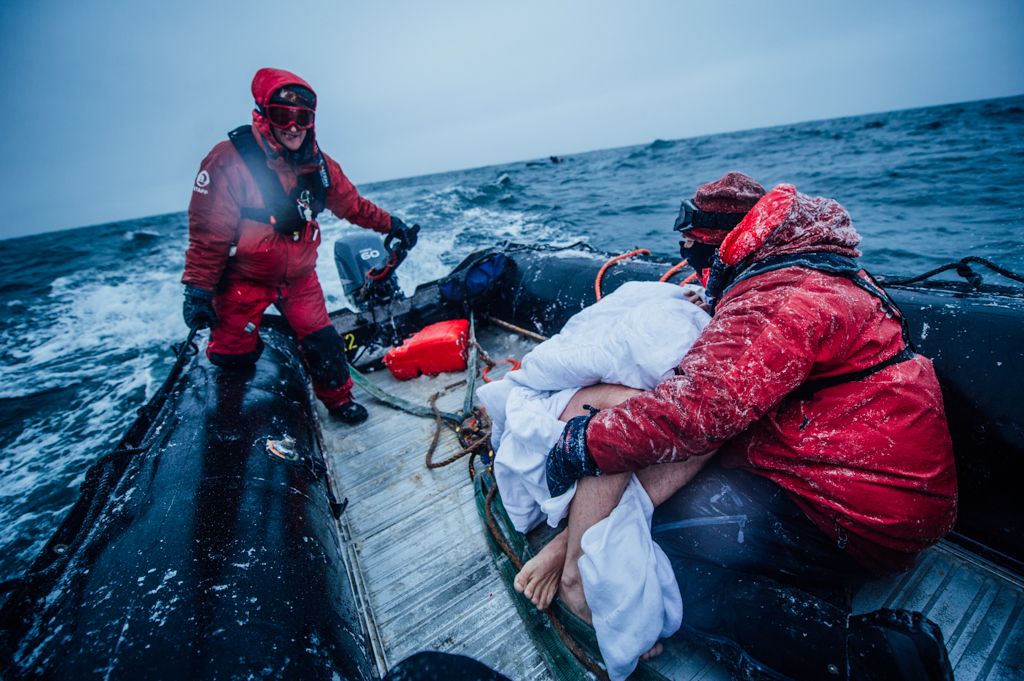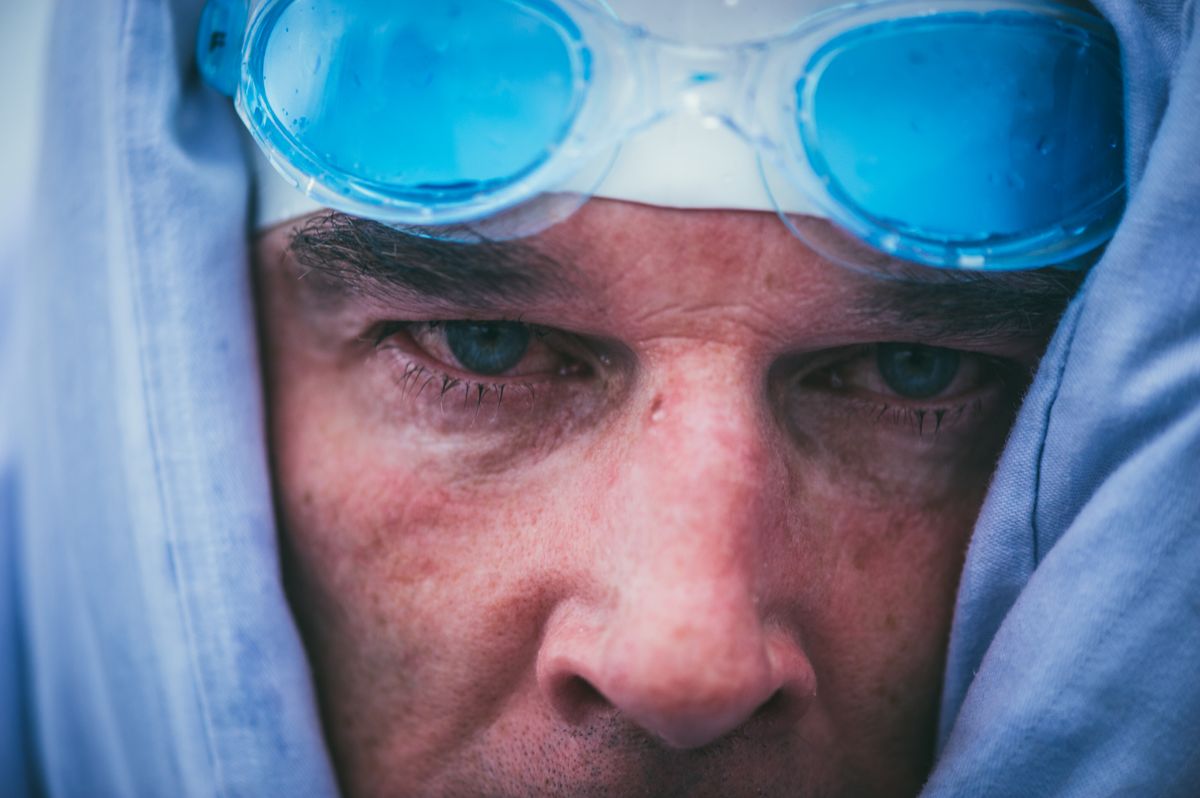5 swims | UNITED NATIONS & LEWIS PUGH
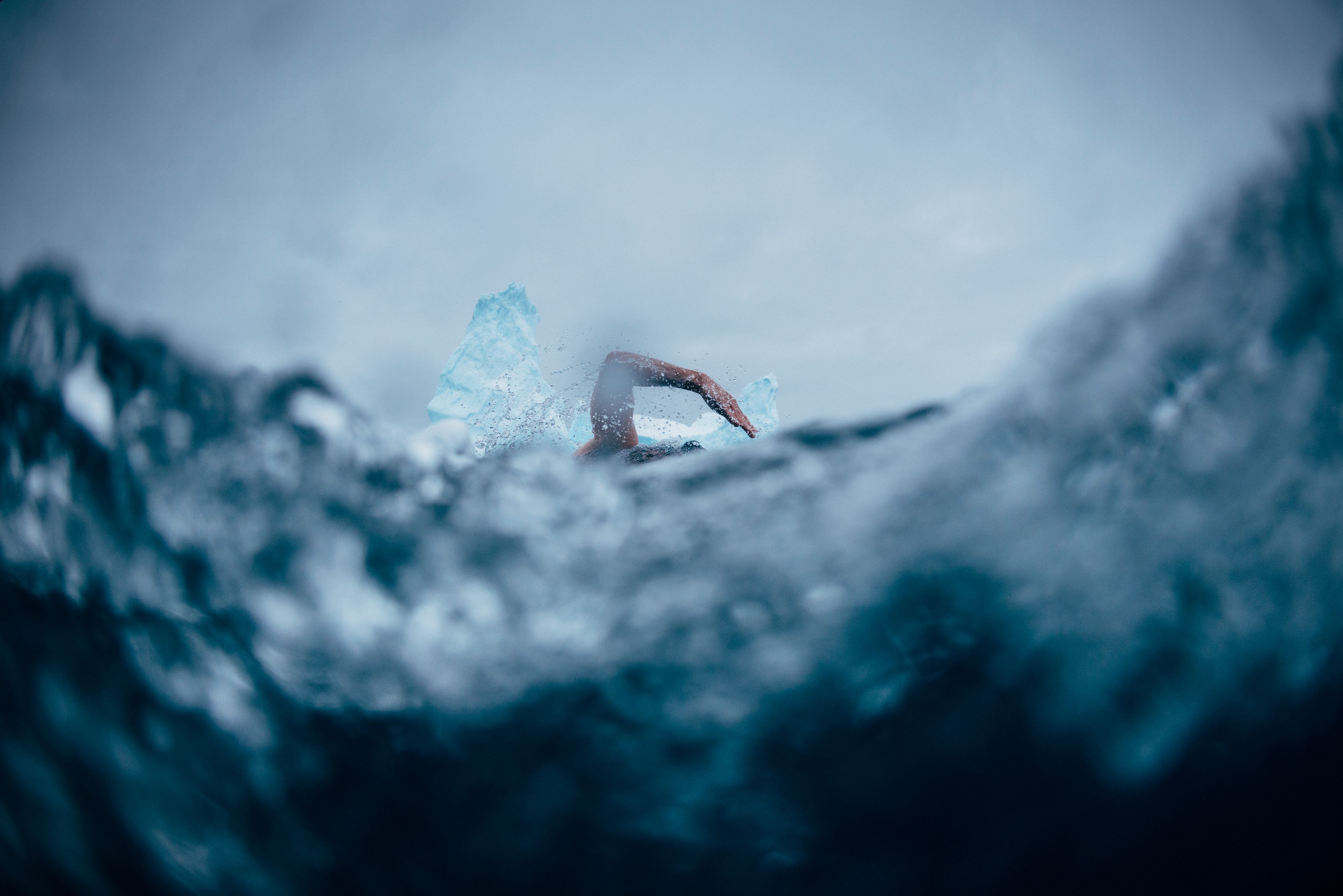
"We were fighting to protect one of the most pristine ecosystems on the planet."
The Ross Sea is home to many species found nowhere else on earth. The historical records trapped in its ice-shelf tell the story of the evolution of our planet. As a result, the area is of huge significance to marine biologists and conservation groups who are determined to protect and learn from this unique stretch of ocean. But like all of our seas, it faces the threats of climate change and overfishing.
For two years, I teamed up with the United Nations Patron of the Oceans, Lewis Pugh to document a number of record-breaking swims, including the most southerly swim (78.5º South) in freezing Antarctic waters during two polar expeditions in an effort to urge world leaders to save the Ross Sea from irreversible damage.
Significantly, the proposed Ross Sea Marine Protected Area of 1.34 million km2 – bigger than the UK, Germany and France put together – was agreed on by the 24 Nations that make up the Commission for the Conservation of Antarctic Marine Living Resources (CCAMLR), and the Ross Sea MPA came into affect in late 2017 thus creating the biggest protected area in the world, on land or in the sea.
Below, are scenes, excerpts and photo stories from the 24 month campaign.
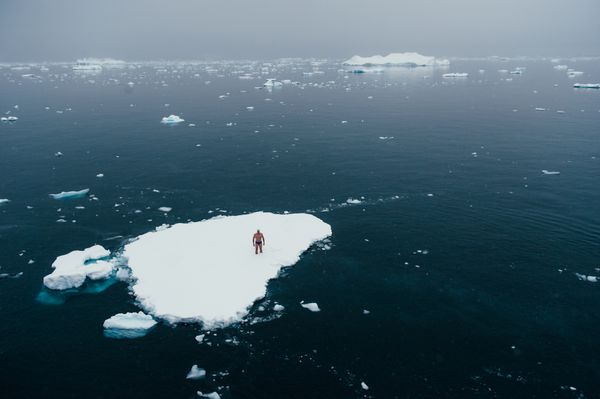
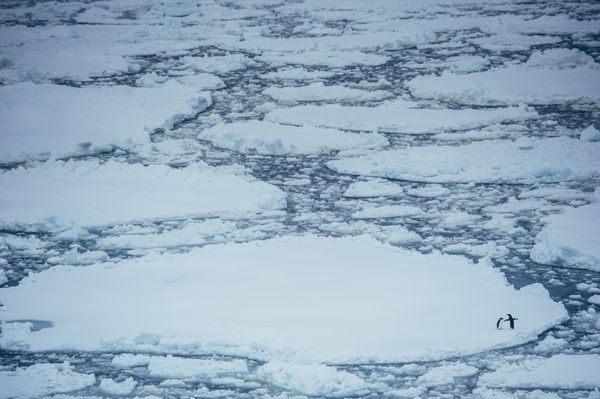
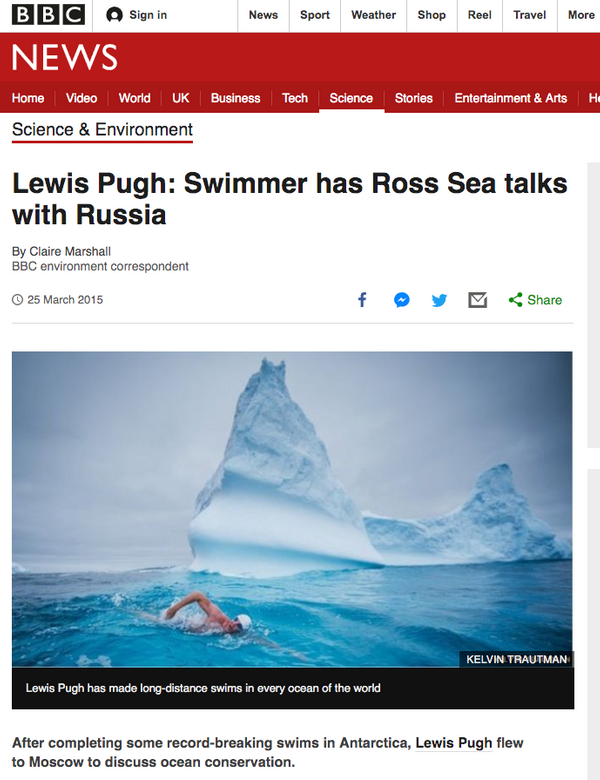

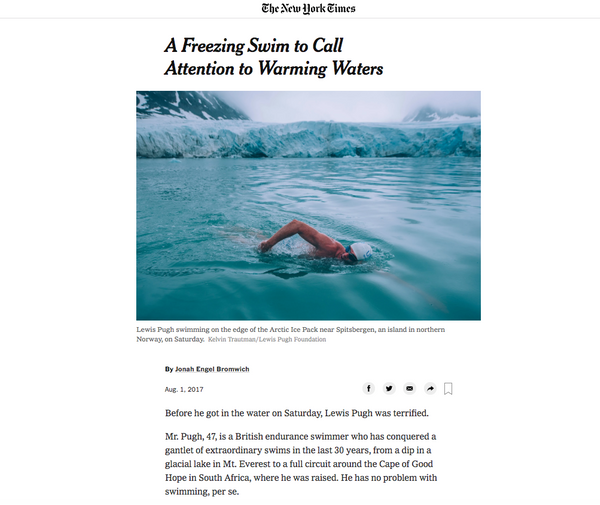
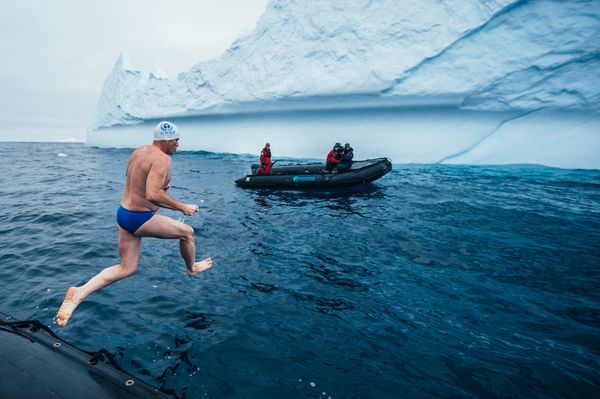
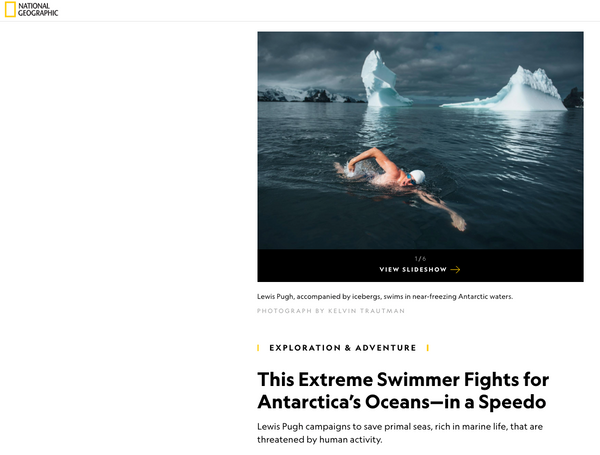
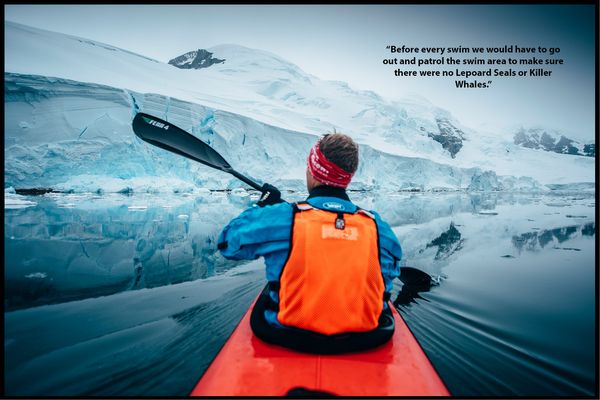
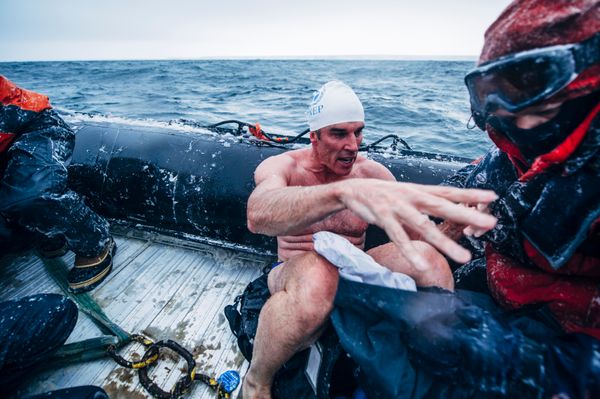
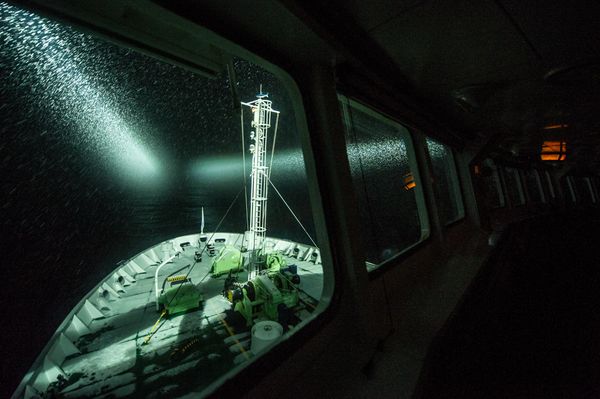
The protagonists.
The characters that drove this narrative and campaign were as much the swimmers, campaigners, scientists and politicians as they were the penguins, whales, seals and the rest of Antarcticas' rich biodiversity. So much of this campaigns messaging was based on the idea that you only protect what you love. Campaigning for not against is a subtle difference, but an important one.
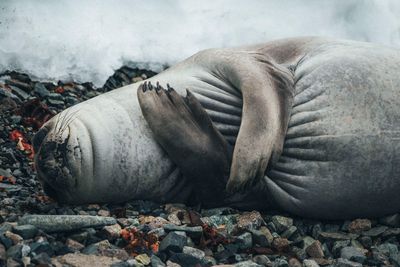
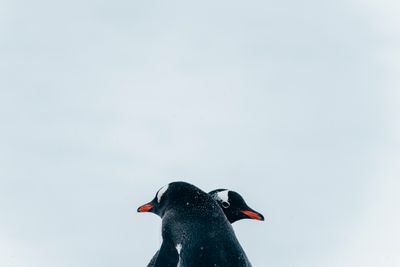
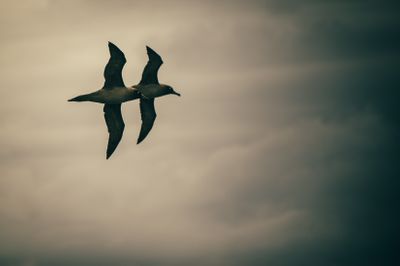
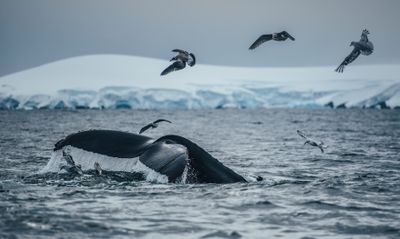
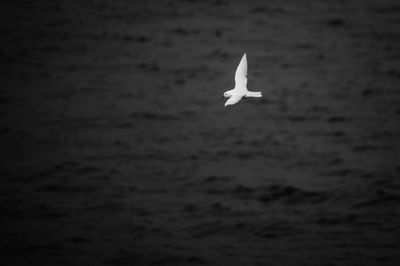
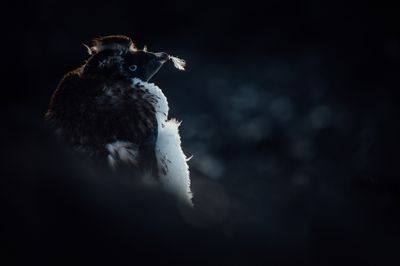
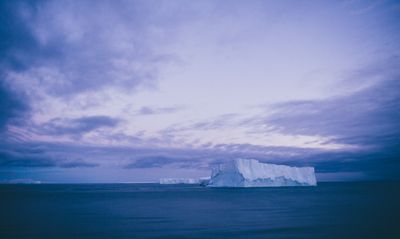
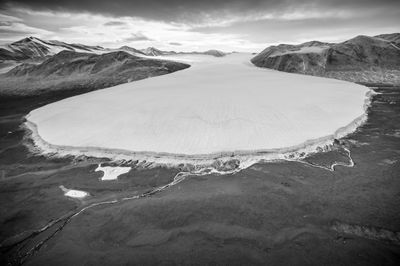
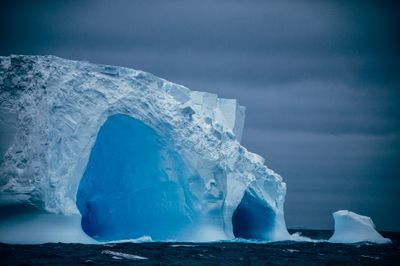
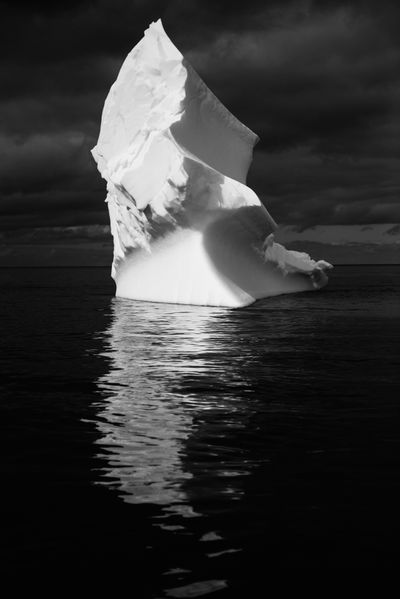
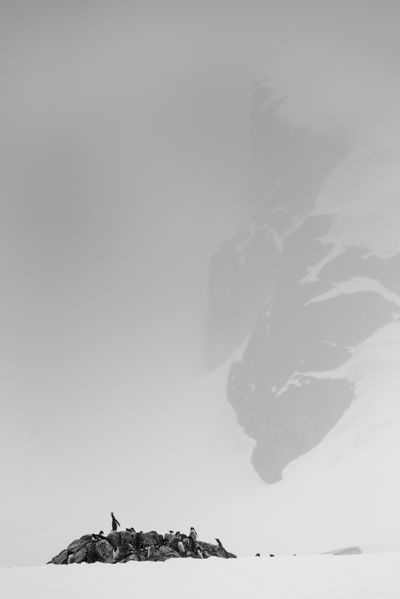
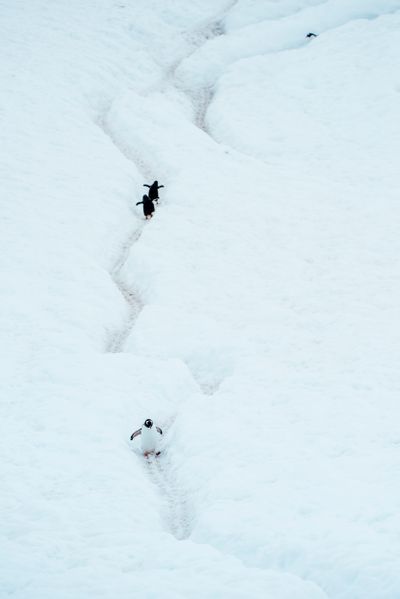
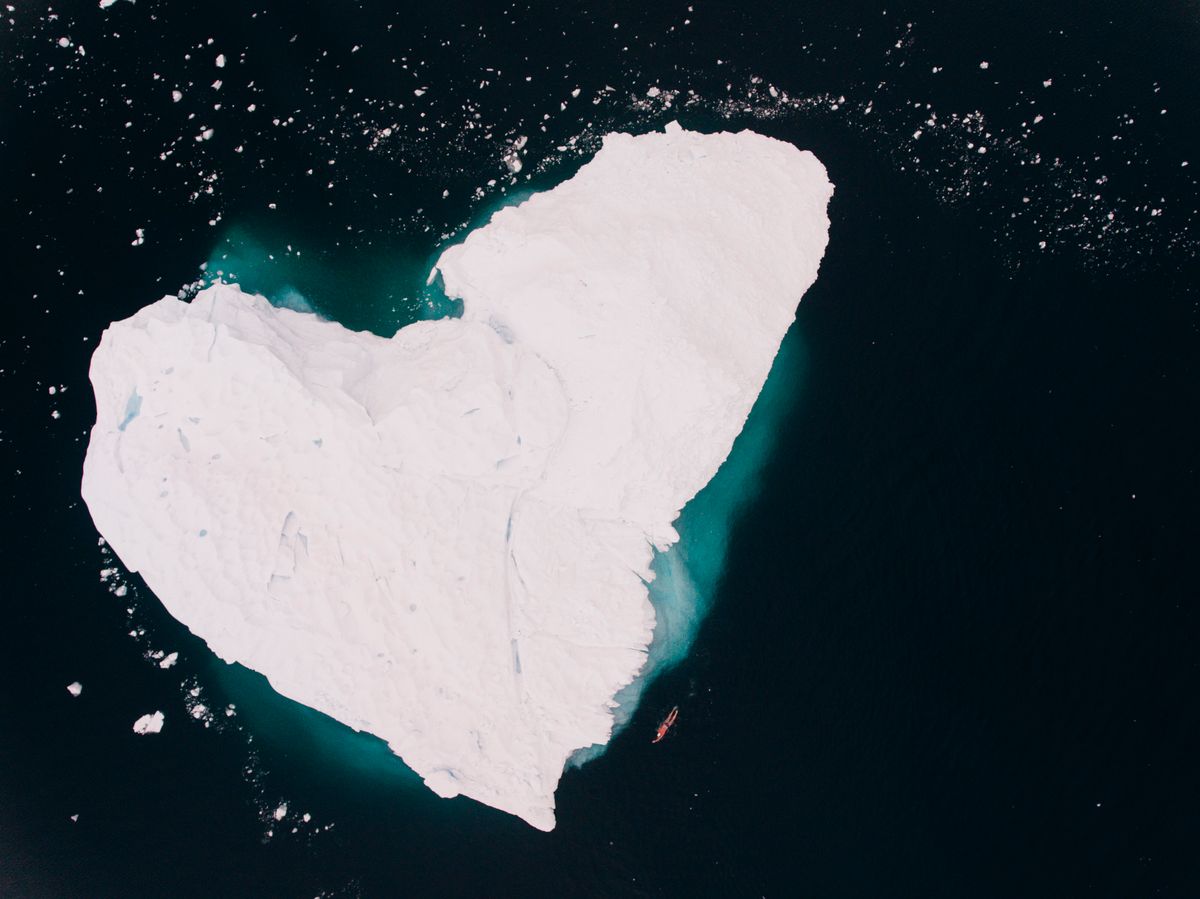
Lewis Pugh swims past a heart-shaped iceberg, near the Antarctic Peninsular.
"The stars really aligned on this one. We could not believe our luck when we flew over this very aptly shaped iceberg. It provided the perfect muse for the message this swim and campaign carried."
The most southerly swim in the world.
Although Antarctic conditions are naturally hostile, a sea temperature of -1 degrees, an air temperature of minus 37 degrees Centigrade and wind gusting at 40 knots (75 km/h) made this swim a hugely challenging and treacherous effort.
Speaking after his super-human undertaking, Lewis Pugh said: “The Bay of Whales is the most terrifying place I’ve ever swum. During the swim, a wave broke over my support boat, I took another stroke, and when I looked up, the seawater had frozen on my crew. They were caked in ice instantly – that’s how cold it was.”
